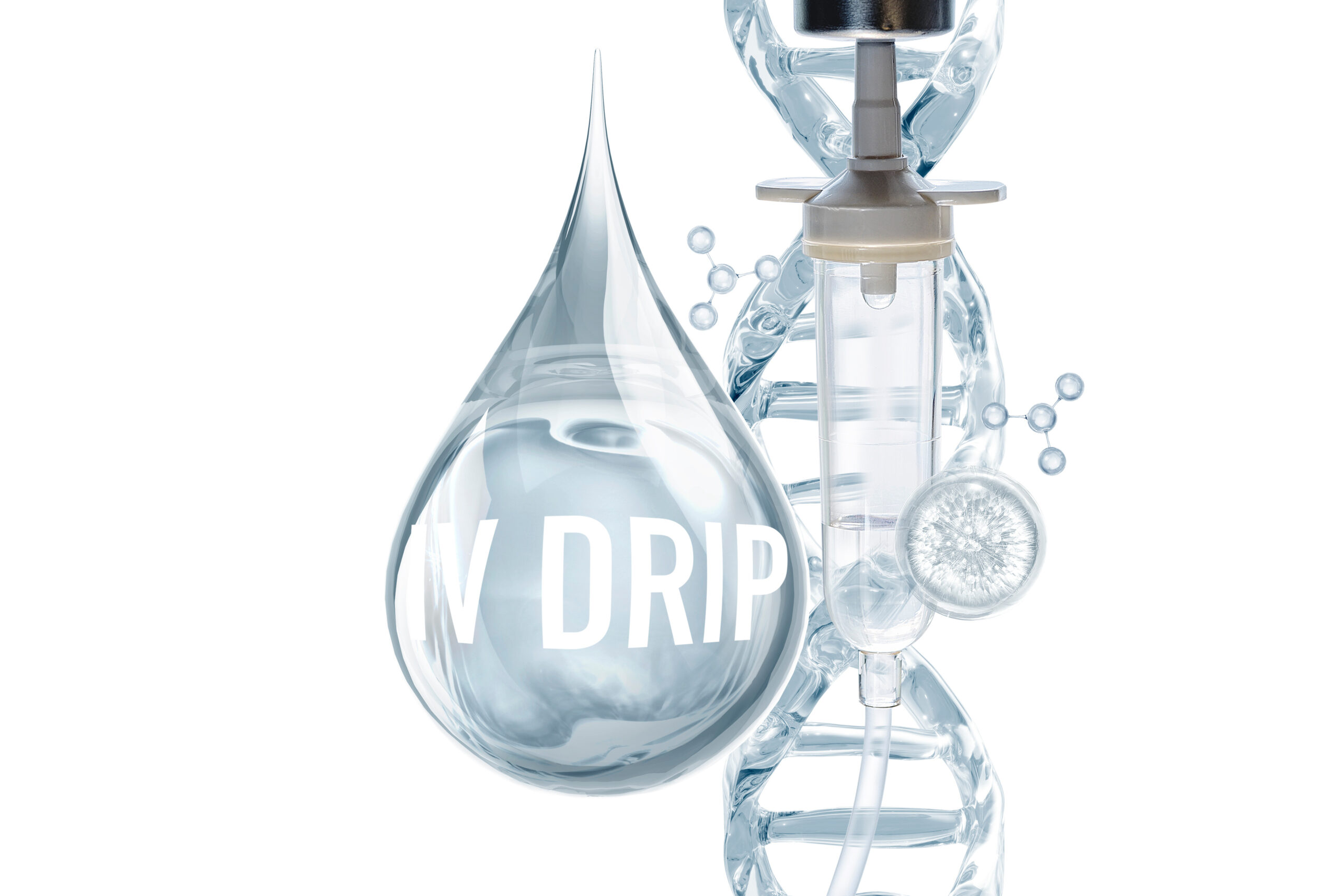Across the evolving terrain of integrative medicine, two therapeutic modalities have gained significant attention for their potential to enhance health, boost energy, and accelerate recovery: Hyperbaric Oxygen Therapy (HBOT) and Intravenous (IV) Therapy. These treatments, once primarily confined to hospital settings, are now increasingly available in wellness centers and specialized clinics, offering promising solutions for individuals seeking optimal health and vitality.
Understanding Hyperbaric Oxygen Therapy
Hyperbaric Oxygen Therapy involves breathing pure oxygen in a pressurized chamber, typically at pressures greater than sea level. This process dramatically increases the amount of oxygen dissolved in the blood plasma, allowing oxygen to reach tissues that may have compromised circulation. The therapy has been FDA-approved for various conditions, including decompression sickness, carbon monoxide poisoning, and non-healing wounds.
The mechanism behind HBOT’s effectiveness lies in Henry’s Law of physics, which states that the amount of gas dissolved in a liquid is proportional to the pressure of that gas. Under hyperbaric conditions, blood plasma can carry up to 20 times more oxygen than normal atmospheric pressure, enhancing cellular metabolism and tissue repair.
The Science Behind IV Therapy
Intravenous therapy delivers nutrients, vitamins, minerals, and other therapeutic compounds directly into the bloodstream, bypassing the digestive system entirely. Compared to oral supplementation, this method ensures nearly 100% bioavailability of administered substances, which may only achieve 10-30% absorption due to digestive limitations and first-pass metabolism in the liver.
Dr. John Myers pioneered the concept of IV nutrient therapy in the 1960s, developing what became known as the “Myers’ Cocktail.” This cocktail is a specific combination of vitamins and minerals designed to address various health concerns and boost overall wellness. The ingredients are often used for migraine sufferers, anyone who complains of chronic fatigue, and people diagnosed with depression.
Glutathione: The Master Antioxidant’s Role in Fighting Fatigue
Glutathione, often called the body’s “master antioxidant,” is critical in combating fatigue and enhancing energy levels. This tripeptide, composed of glutamine, cysteine, and glycine, is essential for cellular detoxification, immune function, and energy production.
The relationship between glutathione and energy levels is multifaceted. First, glutathione protects mitochondria – the powerhouses of cells – from oxidative damage. When mitochondria function optimally, they produce ATP (adenosine triphosphate) more efficiently, directly translating to increased energy levels. Research has shown that individuals with chronic fatigue syndrome often have significantly lower levels of glutathione compared to healthy controls.
Additionally, glutathione supports the body’s detoxification processes by neutralizing harmful free radicals and assisting in eliminating toxins. When the body is burdened with oxidative stress and toxic load, energy production becomes compromised as cellular resources are diverted to defensive mechanisms. By reducing this burden, glutathione allows cells to focus on energy production rather than damage control.
IV administration of glutathione is particularly effective because oral supplementation faces significant absorption challenges. The molecule is primarily broken down in the digestive tract, making intravenous delivery the preferred method for achieving therapeutic blood levels.
Using a Syringe (A Better Approach?)
Some people receive Glutathione IV via a syringe, administered manually for about 5 to 10 minutes versus using an IV bag, dripped slowly. This approach has several benefits, namely the following:
- Stability – When combined for a long time in an IV bag with fluids, Glutathione will oxidize and degrade, which lowers its efficacy. Pushing the substance through a syringe is quick and offers more potency.
- Less Fluids – People with renal issues or cardiac conditions should avoid an IV drip, as it contains additional fluids. By pushing Glutathione, you reduce the fluid load as dilution is not necessary as it is in a full IV bag.
- Well-Tolerated – When it’s done properly, a Glutathione IV push is done slowly and diluted with a sterile saline solution. This makes it better tolerated.
Myers’ Cocktail: The Ultimate Energy Enhancement
The Myers’ Cocktail has earned recognition as an exceptional energy booster. Its effectiveness stems from its carefully balanced combination of essential nutrients. The standard formulation typically includes magnesium chloride, calcium gluconate, vitamin B-complex (B1, B2, B3, B5, B6, and B12), and vitamin C.
Magnesium is a cofactor in over 300 enzymatic reactions, many of which are directly involved in energy metabolism. Deficiency in magnesium, which is surprisingly common due to soil depletion and dietary factors, can lead to fatigue, muscle weakness, and reduced exercise performance. IV magnesium rapidly corrects deficiencies and supports optimal cellular function.
The B-vitamin complex is fundamental to energy production. These vitamins are coenzymes in the citric acid (Krebs cycle) metabolic pathway, which generates ATP from carbohydrates, fats, and proteins. Vitamin B12, in particular, is essential for red blood cell formation and neurological function, with deficiency leading to pernicious anemia and profound fatigue.
Clinical studies have demonstrated that Myers’ Cocktail can significantly improve energy levels, reduce fatigue, and enhance overall well-being in healthy individuals and those with various health conditions. Many patients report sustained energy improvements for days to weeks following treatment.
High-Dose Vitamin C: Beyond Scurvy Prevention
While vitamin C’s role in preventing scurvy is well-established, high-dose intravenous vitamin C therapy offers benefits far beyond this historical application. At therapeutic doses (typically 25-100 grams), vitamin C functions more as a pharmaceutical agent than a simple nutrient supplement.
High-dose vitamin C supports energy production through several mechanisms. It enhances iron absorption, which is essential for oxygen transport and energy metabolism. Iron deficiency anemia is a leading cause of fatigue worldwide, and vitamin C can help optimize iron utilization even in individuals with adequate iron stores.
Furthermore, vitamin C is essential for carnitine synthesis, a compound that transports fatty acids into mitochondria for energy production. Without adequate vitamin C, fat metabolism becomes impaired, limiting the body’s ability to utilize stored fat for energy.
The antioxidant properties of high-dose vitamin C also contribute to improved energy levels by protecting against oxidative stress that can damage cellular components and impair energy production. Research has shown that high-dose IV vitamin C can reduce fatigue in cancer patients undergoing treatment and improve quality of life scores.
IV administration is essential for achieving therapeutic levels of vitamin C. Oral supplementation is limited by intestinal absorption, with doses above 200mg resulting in progressively lower absorption percentages. IV therapy can achieve blood levels 30-70 times higher than oral supplementation, reaching concentrations that exert pharmacological effects.
IV Therapy: Superior Hydration and Nutrient Delivery
Proper hydration is fundamental to optimal physiological function, yet many individuals suffer from chronic mild dehydration. IV therapy represents the gold standard for rapid and complete hydration, delivering fluids directly into the vascular space, where they can immediately contribute to blood volume and tissue perfusion.
The advantages of IV hydration over oral fluid intake are significant. When fluids are consumed orally, they must be absorbed through the intestinal tract, which can take 36-120 minutes and may be impaired by various factors, including intestinal inflammation, medications, or illness. IV fluids, conversely, provide immediate hydration with 100% bioavailability.
IV hydration is particularly beneficial for individuals who have difficulty maintaining adequate fluid intake, those recovering from illness or intense physical activity, or people seeking rapid recovery from dehydration due to alcohol consumption, travel, or heat exposure. The therapy can quickly restore electrolyte balance and blood volume, improving energy, mental clarity, and physical performance.
Modern IV therapy protocols often combine hydration with targeted nutrients, creating synergistic effects. For example, adding B vitamins to hydration therapy can enhance energy levels while correcting fluid deficits. This comprehensive approach addresses multiple aspects of wellness simultaneously.
Integration and Synergistic Effects
Combining HBOT and IV therapy can create synergistic effects that exceed the benefits of either treatment alone. HBOT enhances oxygen delivery to tissues, while IV therapy provides the nutrients necessary for optimal cellular function. Together, they can accelerate healing, improve energy levels, and enhance overall wellness more effectively than either therapy in isolation.
Safety Considerations and Contraindications
While both HBOT and IV therapy are generally safe when administered by qualified practitioners, specific contraindications exist. HBOT may not be suitable for individuals with untreated pneumothorax, certain types of lung disease, or claustrophobia. IV therapy requires careful screening for kidney function, heart conditions, and potential drug interactions.
Conclusion
Hyperbaric Oxygen Therapy and IV therapy represent sophisticated approaches to wellness that address fundamental physiological needs: oxygen delivery, nutrient availability, and hydration.
The scientific evidence supporting these therapies continues to grow, with glutathione’s role in fighting fatigue, the Myers’ Cocktail’s energy-boosting properties, high-dose vitamin C’s multifaceted benefits, and IV therapy’s superior hydration capabilities, all contributing to their therapeutic value.
As integrative medicine continues to evolve, these therapies offer promising options for individuals seeking to optimize their health, enhance energy levels, and support their body’s natural healing processes. However, it is essential to work with qualified healthcare practitioners who can adequately assess individual needs and ensure safe, effective treatment protocols.
At Oxygen Clinic NY in Brooklyn, we offer both HBOT and IV therapy tailored to your needs. Call us at 718-255-9955 or book online today.
References
- Thom, S. R. (2009). Oxidative stress is fundamental to hyperbaric oxygen therapy. Journal of Applied Physiology, 106(3), 988-995.
- Gaby, A. R. (2002). Intravenous nutrient therapy: the “Myers’ cocktail”. Alternative Medicine Review, 7(5), 389-403.
- Morris, G., & Maes, M. (2014). Mitochondrial dysfunctions in myalgic encephalomyelitis/chronic fatigue syndrome are explained by activated immuno-inflammatory, oxidative, and nitrosative stress pathways. Metabolic Brain Disease, 29(1), 19-36.
- Padayatty, S. J., Sun, H., Wang, Y., et al. (2004). Vitamin C pharmacokinetics: implications for oral and intravenous use. Annals of Internal Medicine, 140(7), 533-537.
- Wu, G., Fang, Y. Z., Yang, S., Lupton, J. R., & Turner, N. D. (2004). Glutathione metabolism and its health implications. Journal of Nutrition, 134(3), 489-492.






